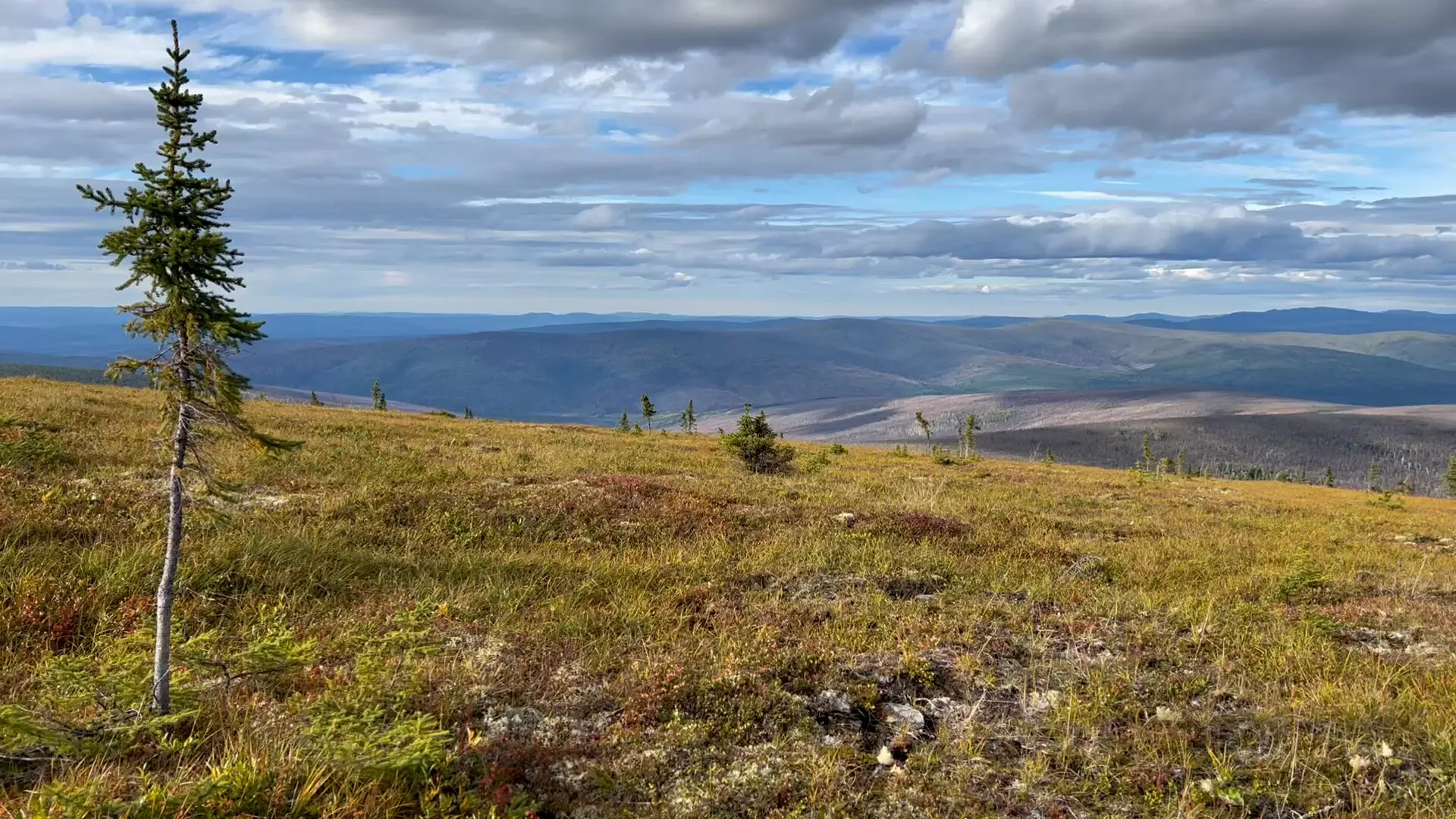As the planet’s climate continues to warm, the repercussions are felt far beyond the equator. Advanced research from NASA confirms a significant transformation in the vegetation structure of northern forests, particularly in boreal and tundra biomes. This ongoing transition, marked by the proliferation of trees and shrubs, raises concerns about the carbon cycle, which could potentially be altered in both beneficial and detrimental ways. The implications of these changes will reverberate throughout this century and beyond, calling into question the role of northern ecosystems in our global climate narrative.
Boreal forests, which thrive between latitudes 50 and 60 degrees north, stretch across vast territories in Alaska, Canada, Scandinavia, and Russia. Characterized by a dominance of coniferous trees like pine, spruce, and fir, these forests play an essential role in carbon storage and climate regulation. Conversely, tundra landscapes, found at higher latitudes, have historically been less conducive to large-scale tree growth due to their short growing seasons and permafrost. Instead, these areas are often blanketed with lower vegetation such as shrubs, grasses, and mosses.
The boundary between boreal forests and tundra ecosystems is increasingly blurred as the effects of climate change drive ecological shifts. Traditional flora that once characterized tundra regions are now being overrun by taller trees and shrubs, fundamentally altering the landscape’s composition and function.
To arrive at their conclusions, NASA researchers leveraged extensive data collected through the Ice, Cloud, and Land Elevation Satellite 2 (ICESat-2) combined with imagery from the Landsat missions. Their research spanned a remarkable 36 years, tracking changes in vegetation height across a range of northern landscapes. With nearly 20 million data points at their disposal, the team employed advanced computational methods to analyze this comprehensive data set. The application of machine learning and various climate models enabled scientists to draw plausible future scenarios, substantiating their predictions with a robust quantitative foundation.
The findings suggest that the overall height of vegetation in tundra and transitional forest areas is on the rise. As these landscapes become taller and denser, they could contribute positively to carbon absorption through enhanced photosynthesis. This shift might provide a slight counterbalance to rising CO2 levels in the atmosphere—a vital function as humanity grapples with global warming.
While the evolving vegetation patterns present a potential boon for carbon capture, they come with significant risks. The transformation of northern forests may also lead to unintended consequences. As larger trees and more substantial vegetation absorb sunlight, they could accelerate the thawing of permafrost beneath them. This process risks releasing ancient carbon deposits—elevating levels of CO2 and methane trapped in the frozen ground for millennia. The cycle of carbon exchange could thus be destabilized, leading to a feedback loop that exacerbates climate change rather than alleviating it.
The dilemma lies in navigating the complexities introduced by these shifting ecosystems. According to study co-author Chris Neigh, the increased vegetation could mitigate some carbon emissions, but the potential for permafrost thawing poses a dire risk. The reality is that the responses of these biomes to climate change are intricate and multifaceted, demanding careful observation and modeling.
As the effects of climate change continue to unfold, the research conducted by NASA emphasizes the urgency of understanding the dynamics of northern ecosystems. With expectations that these changes will continue for at least the next 80 years, scientists must remain vigilant in monitoring the shifting boundaries between boreal forests and tundra. Advances in satellite technology and climate modeling will play a crucial role in refining our forecasts and approaches to environmental protection.
Melanie Frost, a remote sensing scientist at NASA Goddard, encapsulated the fundamental issue: our climate is changing, which affects nearly every aspect of nature. Thus, it is imperative that we remain proactive in both addressing climate change and exploring the potential consequences of nature’s responses.
Our northern forests are at a pivotal juncture. Enhanced vegetation growth can offer some respite from greenhouse gas emissions, yet it simultaneously poses risks associated with permafrost thaw. The interconnectedness of climate systems means that every action has a ripple effect, often producing unexpected outcomes. As we strive to comprehend the evolving relationships within these ecosystems, our understanding will sharpen, enabling us to make informed decisions in the face of an uncertain future. The fate of our northern landscapes may very well influence the global climate narrative, thus necessitating intense scholarly focus and public engagement in the years to come.


Leave a Reply